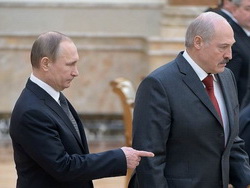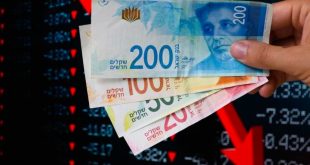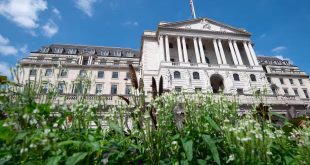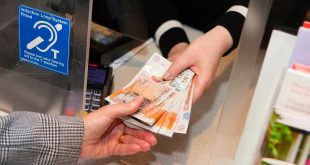
The life, luster, corrosion — all the features of coins is affected by their composition. 42.TUT.BY found the exact metal content in the new Belarus coins and compared it with the money of other countries.
What do you think?
A number of different metals in the coins made with the help of a spectrometer (to be precise — portable x-ray fluorescence spectrometer NITON XL2 Gold), certified by Belarusian standards. With measurements, we helped the company “Promtekhpribor”.
Comment on the results of the measurements agreed Akaev Evgeny, leading research fellow of the faculty of chemistry of BSU, candidate of chemical Sciences.
What made the coins?
All Belarusian coins steel substrate. 1, 2 and 5 cents are copper-plated. 10, 20 and 50 cents are copper-plated brass (copper+zinc). 1 ruble plated with copper-Nickel alloy. In the Central part of Dogramaci — copper-Nickel alloy, the outer part — copper with brass and Nickel additives.
The exact composition of the coating Belarusian coins can be seen in the table below. In the graphs shows the share that each metal is in the shell (specified in percent).
<tbody>
</tbody>
Coin
Copper
Nickel
Zinc
Iron
Cobalt
Tungsten
1 penny
96,2
0
0
3,5
0,2
0
5 cents
97,4
0
0
2,4
0,2
0
20 cents
85
0
9,3
3,5
0,2
1,9
50 cents
For 84.4
0
10,5
2,6
0,2
2,3
1 ruble
48,9
48
0
2,8
0,3
0
2 rubles (Central part)
33,1
64
0
2,5
0,3
0
2 rubles (external part)
83
0,6
9,5
4,7
0,3
1,85
The steel substrate
Steel “core” can be seen if the coin is cleaned, removing the coating. For “naked” coins of the spectrometer shows a higher iron content close to 80-90%.

“To reduce the cost of steel-based coins is definitely good. But for corrosion resistance — good, — said the chemist Eugene Akaev. — Alloy based on iron with brass or copper galvanic couple and corrode faster than in the absence of such contact. However, this can occur only when the external brass or copper coating is completely erased, at least in one place, and it will happen soon”.
By the way, because of the steel “stuffing” our coins easy magnetic.
The steel substrate have Ukrainian and Russian coins and small cents. In the Soviet steel base money was not coins were made of copper alloy with zinc and Nickel. No its in dollars or zlotys.
The primary coating material is copper
Copper is coating every Belarusian coins, and all coins, except the 1 ruble, copper — based alloy. In the shell 1, 2 and 5 cents are practically no other components.
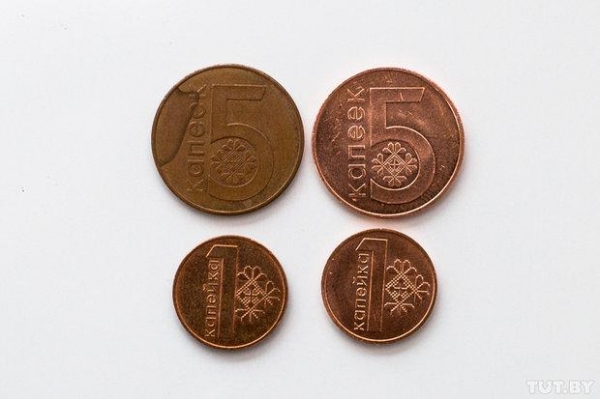
“Copper — the most commonly used and proven in the coin case, metal”, — explains Eugene Miller.
However, a copper coin may eventually change the color.

“Coins containing copper, darken, or from oxidation, or, for example, from contact with hydrogen sulfide or other sulfur-containing substances, — explains the expert. — Perhaps the second coin(pictured on the right. — Approx. TUT.BY) were kept in those conditions, for example, near waste and decomposition products”.
Belarusian “detail” in its composition is most similar to 1, 2 and 5 cents — they are also made of steel and covered with copper without impurities. Copper — based shell coins in the United States, Korea, Poland and the Euro area, this metal was the main component of the Soviet kopecks. In Russia and Ukraine covering some coins composed mainly of copper, and some Nickel.
Rare metals
All Belarusian coins is a small fraction of cobalt from 0.18% to 0.33%. 20 cents, 50 cents and two rubles there are also traces of tungsten: from 1.8% to 2.2%.

“Tungsten and cobalt are the alloying (improving the quality of alloys) supplements, — explains Eugene Akaev. — For example, the cobalt in the coating composition probably introduced to increase the hardness and wear resistance”.
These materials are very expensive: on the London metal exchange, the price per tonne of cobalt exceeds 26 thousand dollars. This is 5 times more expensive than copper and 80 times more expensive than steel (per 26.08.2016). Tungsten, according to the chemist, costs about twice as much cobalt (accurate pricing we can not find).
Interestingly, supplementation of tungsten we have not found any other coins, except Belarus, neither in euros nor in dollars or Polish zlotys or Russian rubles or in the Soviet Union. 0.9% of the tungsten is found only on the inner part of the Egyptian pound. Cobalt in some coins added to Russia, USA and Egypt.
Two of the ruble with “ring”
Coin 2 rubles made of two parts of different composition. The chemist believes that the combination of the two alloys can badly affect the durability of the coin.
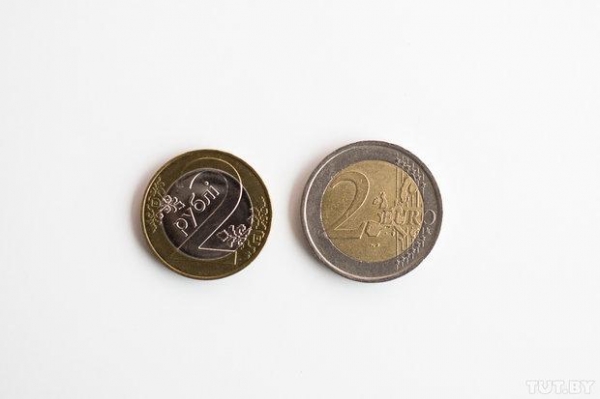
“In this case, a more active metal / alloy will corrode faster than it would korrodiruet itself, due to the formation of a galvanic couple, — says the expert. — In this sense, the greatest risk is theoretically exposed to coins 2 ruble cupronickel where the middle is in contact with brass plated rim. But brass, and cupronickel — sufficiently corrosion-resistant alloy, so the risk is small. Especially since there are tried and tested precedent — the coin of 1 Euro, containing the same combination.”
The division of coins into internal and external parts are in Russia (2 rubles), Poland (2 and 5 PLN), Euro area (1 and 2 euros) and Egypt (1 pound).
“It was better to abandon risky contact alloys”
In the end, on the list of Belarusian coins were similar to the Euro: small coins covered with copper, larger copper with zinc, and the most expensive consist of two components of different composition. By how much steel is shining through the coating, Belarusian coins resemble the Russian (2-4% and 7-10% of them).
Composition similar to coating 1 Belarusian ruble (about equal amounts of copper and Nickel), are among the foreign coins we have found. Almost no other country and coins with additions of tungsten and cobalt.
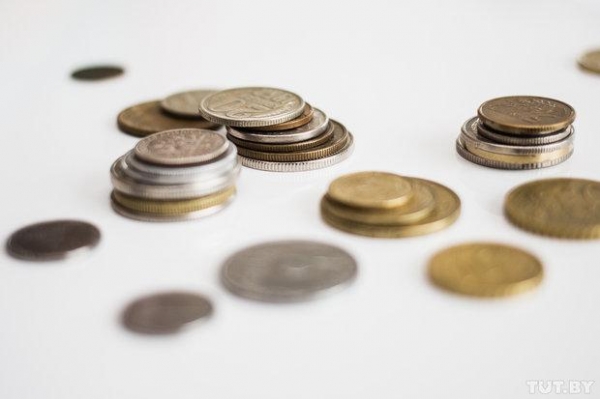
“Obviously, when selecting materials for Belarusian coins had to solve a fairly complex task: ensuring the relative durability and aesthetic appearance at the lowest possible cost, “says the chemist. — In this sense, the decision of the developers is acceptable.
Although, in my opinion, dvuhrublevuyu coin was better to abandon risky triple contact alloys (brass-cupronickel-steel) and make it, for example, steel with a pure Nickel silver plated. But, apparently, really like to see the coin was similar to the Euro.”


